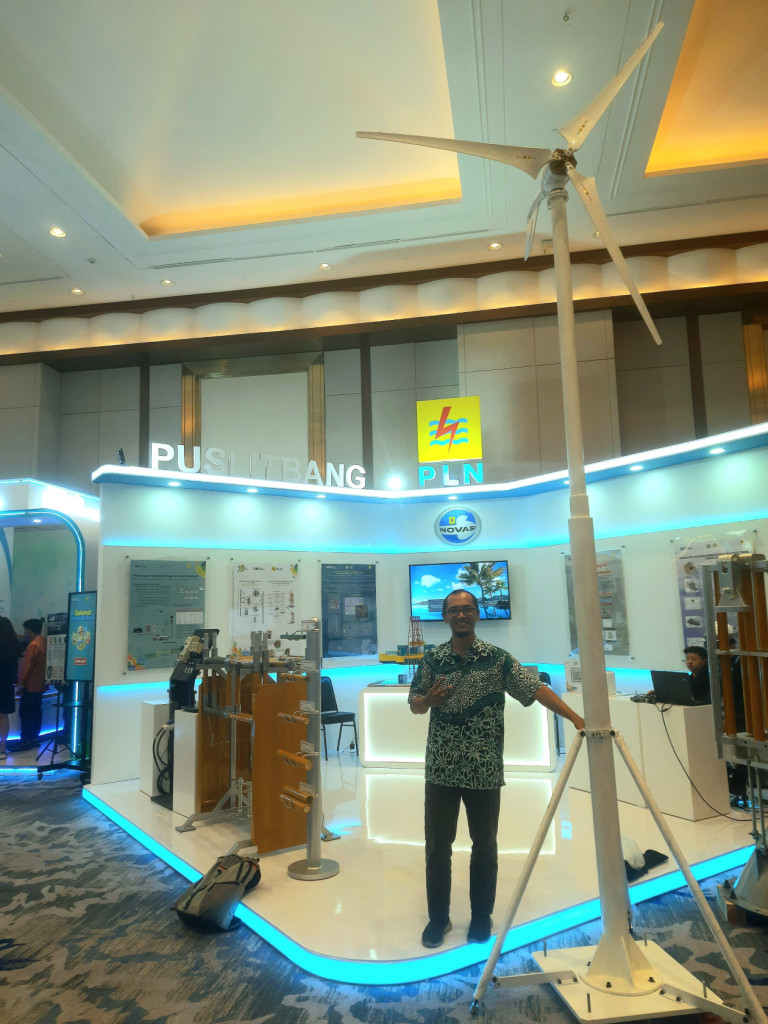Researchers from the Department of Mechanical and Industrial Engineering (DTMI) at the UGM Faculty of Engineering (FT UGM) have collaborated with the PLN Research and Development Center to develop a wind turbine.
Named “Antasena,” this turbine is designed for areas with low wind speeds and was developed by a research team consisting of Professor Indarto, Professor Deendarlianto, and Dr. Agung Bramantya.
Professor Deendarlianto highlighted that their wind turbine functions optimally even at low wind speeds, with a cut-in wind speed as low as 2.5 meters per second. This feature aims to assist Indonesia’s environmental efforts, as wind speed often poses challenges for wind power generation.
“Antasena supports wind energy utilization as a source for wind power generation, specifically to aid carbon utilization in frontier, outermost, underdeveloped (3T) regions,” Professor Deendarlianto stated on Monday (Oct. 28).
He further explained that wind power plants are part of PT PLN (Persero) Group’s initiatives to increase the renewable energy mix, supporting the goal of achieving a 23% renewable energy target by 2025, as outlined in the 2021-2030 Electricity Supply Business Plan and the National Energy Master Plan.

Professor Deendarlianto emphasized that in some 3T regions, wind speeds remain relatively low, making it essential to have technology capable of harnessing low-speed wind energy.
“The Antasena turbine innovation offers a potential solution to address this challenge,” he noted.
According to the professor, the wind power plants are essential for PLN to help supply electricity in 3T areas. Increasing electricity availability there requires advanced technological solutions.
“Besides being applicable in 3T regions, PLN will fully support the design, prototyping, mass production, and installation to ensure the communities can directly use these turbines,” he said.
Professor Deendarlianto also explained that the Antasena turbine features a blade coefficient (Cp) of up to 55% and uses eco-friendly materials, such as composites with carbon filler derived from PLTU carbon waste.
Each phase in the production of the Antasena Wind Turbine reflects the researchers’ commitment to a greener and better future for Indonesia. It offers a promising solution for remote areas that conventional energy sources cannot reach.
Author: Lintang
Editor: Gusti Grehenson

